PPT-Writing To Learn in the Elementary Grades
Author : jane-oiler | Published Date : 2016-03-04
Diane Henry Leipzig PhD Fairfax County Public Schools SOL Institutes Dulles VA October 16 2014 Objective Participants will experience the double benefit gained
Presentation Embed Code
Download Presentation
Download Presentation The PPT/PDF document "Writing To Learn in the Elementary Grade..." is the property of its rightful owner. Permission is granted to download and print the materials on this website for personal, non-commercial use only, and to display it on your personal computer provided you do not modify the materials and that you retain all copyright notices contained in the materials. By downloading content from our website, you accept the terms of this agreement.
Writing To Learn in the Elementary Grades: Transcript
Download Rules Of Document
"Writing To Learn in the Elementary Grades"The content belongs to its owner. You may download and print it for personal use, without modification, and keep all copyright notices. By downloading, you agree to these terms.
Related Documents

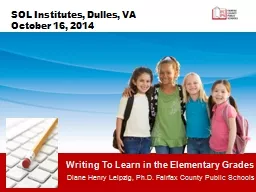
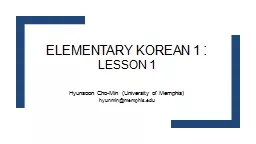
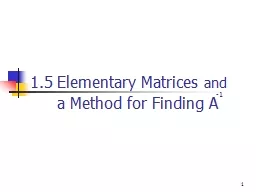
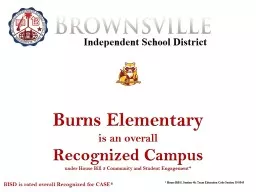
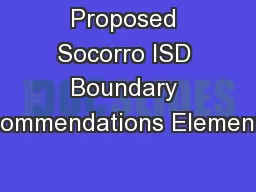
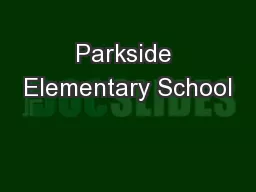
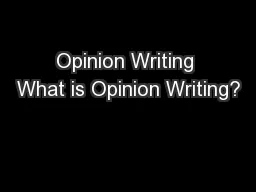

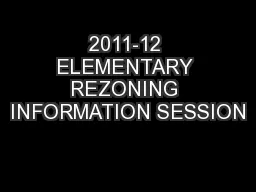
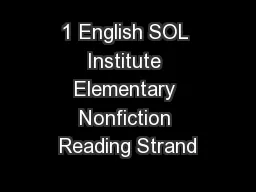
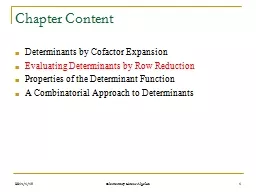
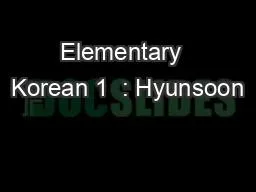
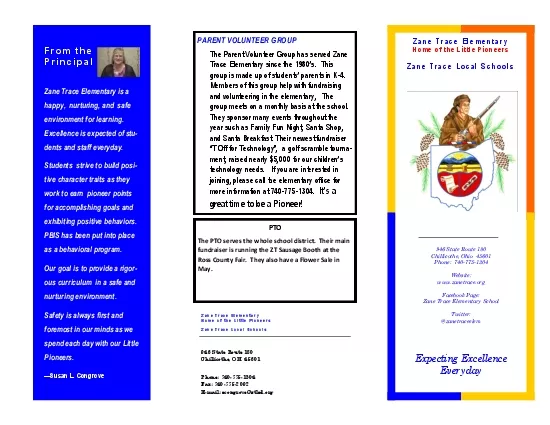
![[EBOOK] - The Daily 5: Fostering Literacy in the Elementary Grades](https://thumbs.docslides.com/901560/ebook-the-daily-5-fostering-literacy-in-the-elementary-grades.jpg)